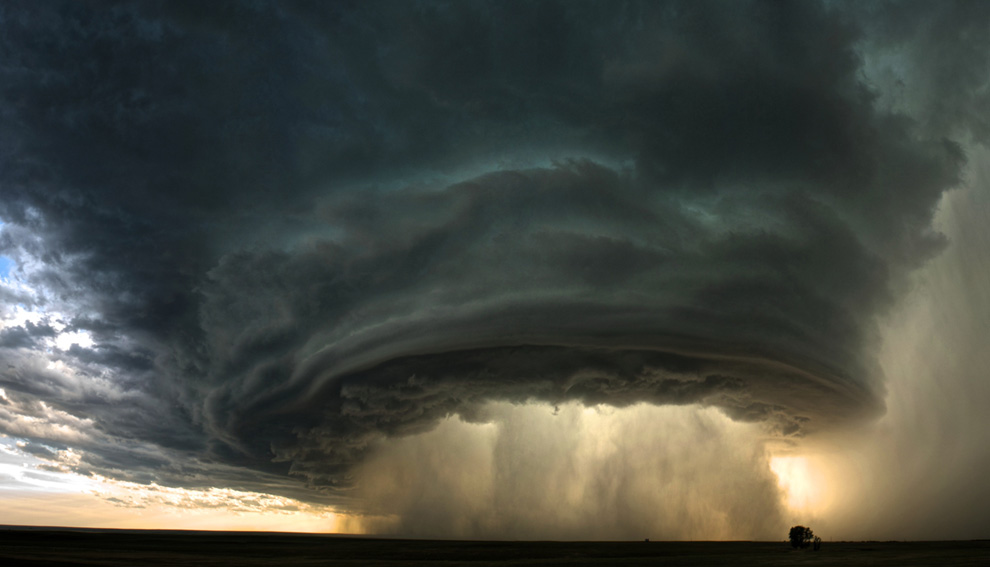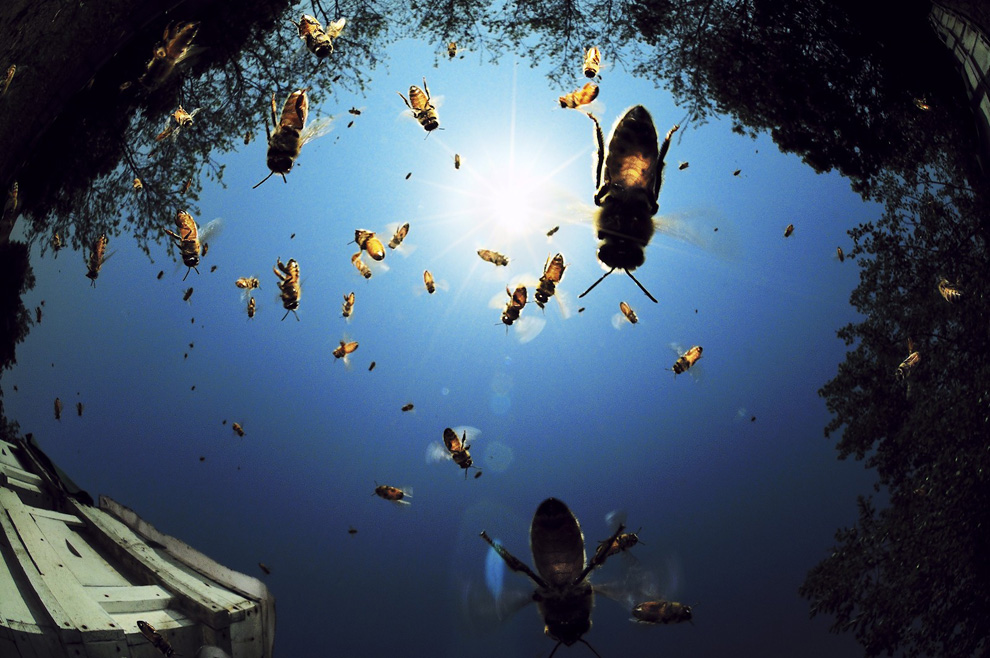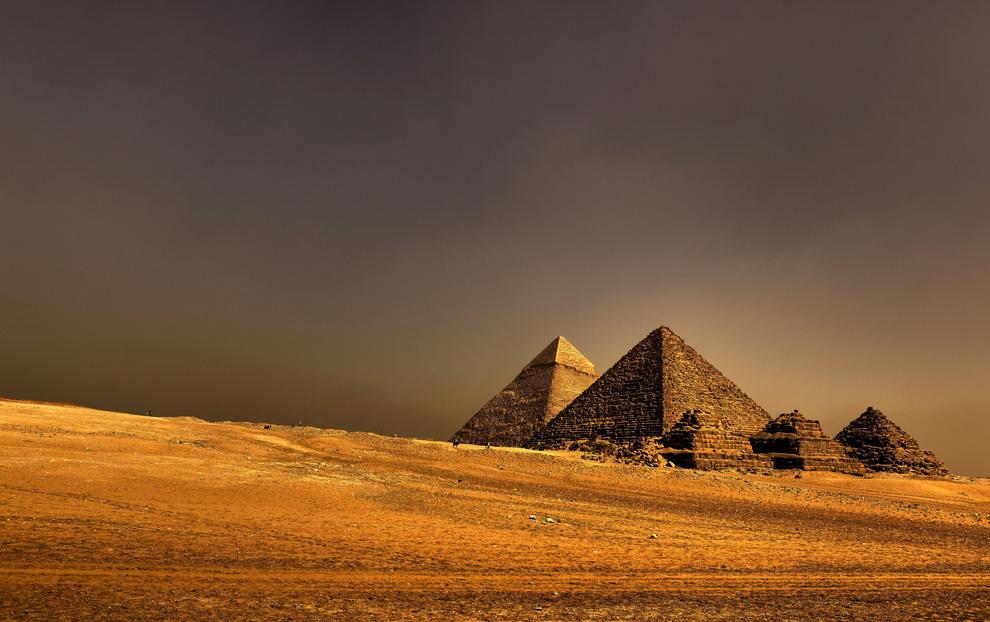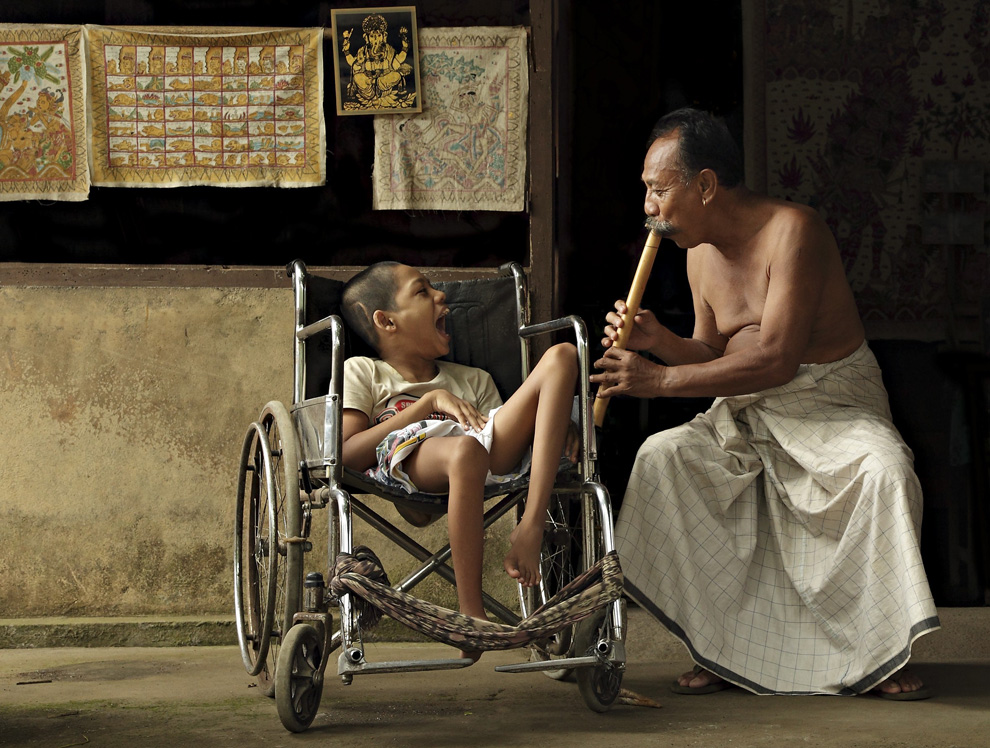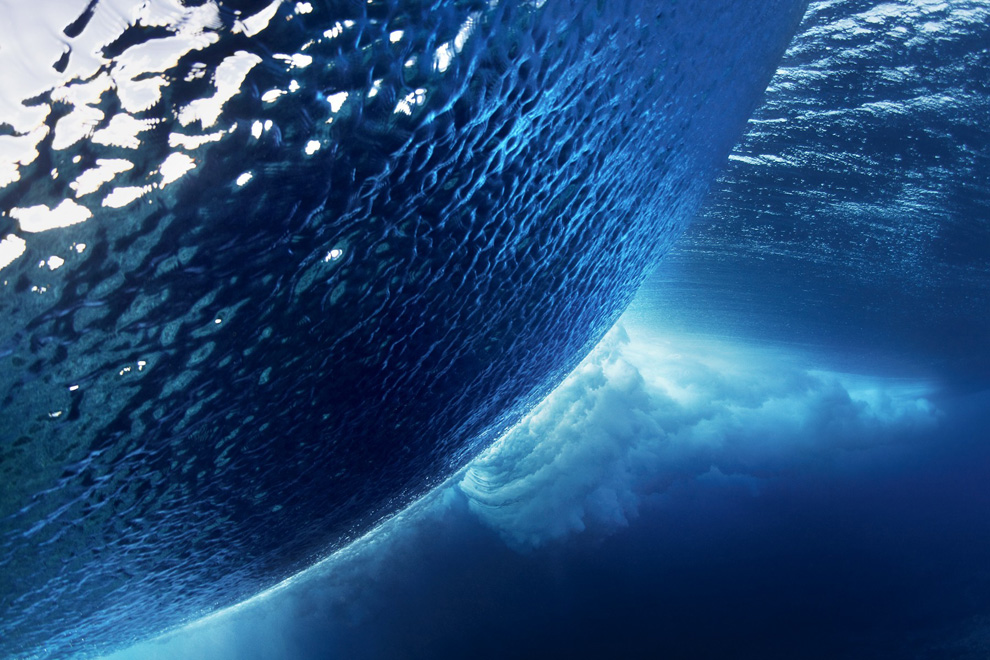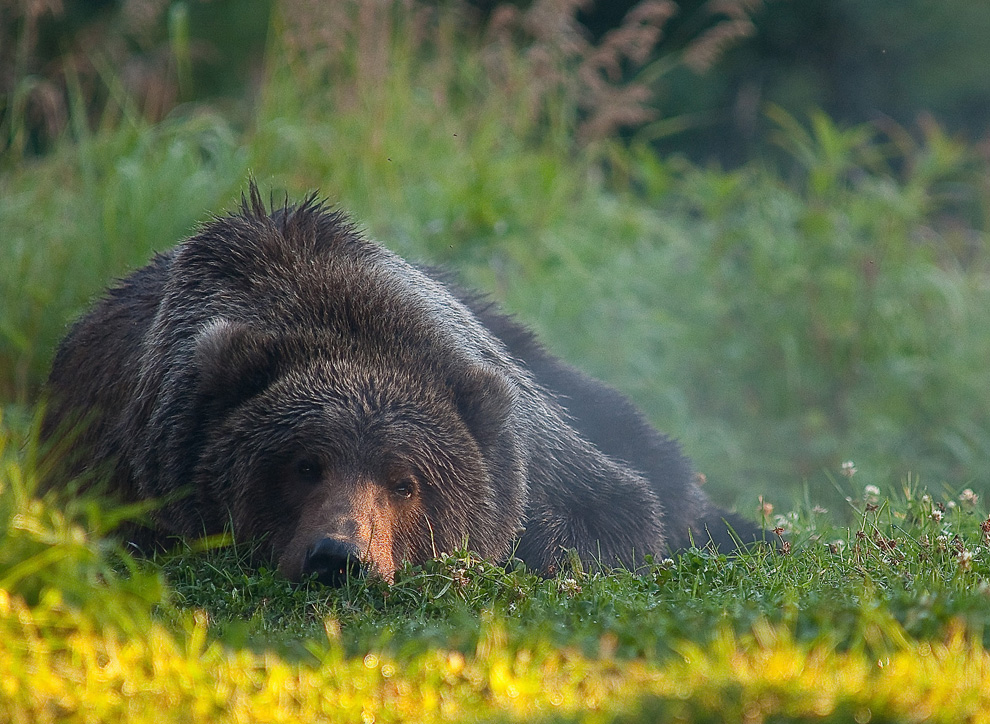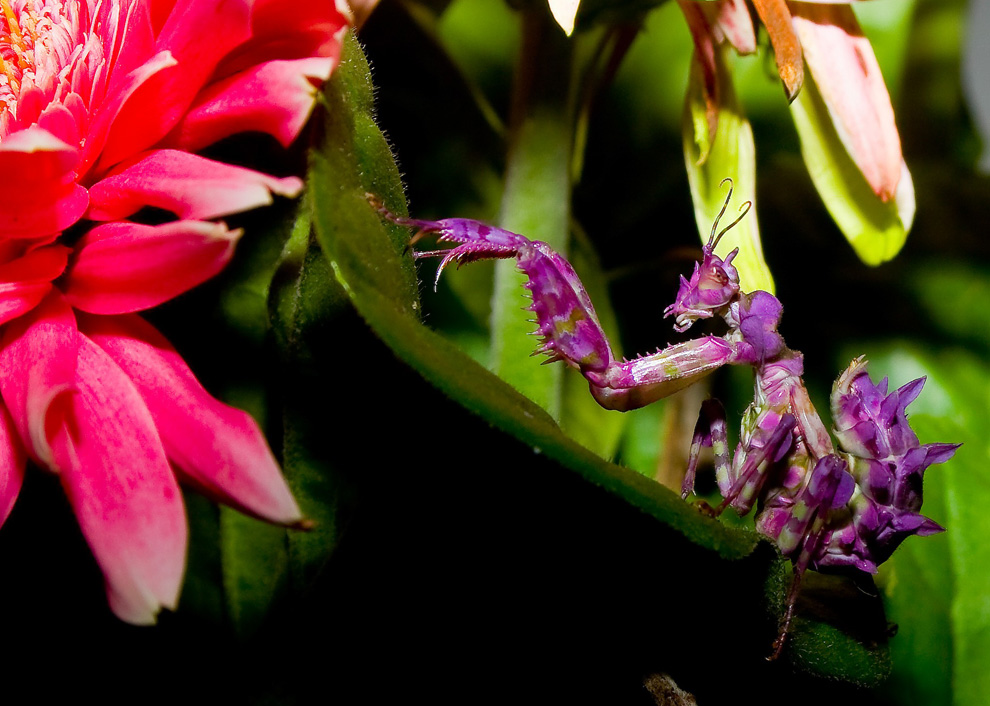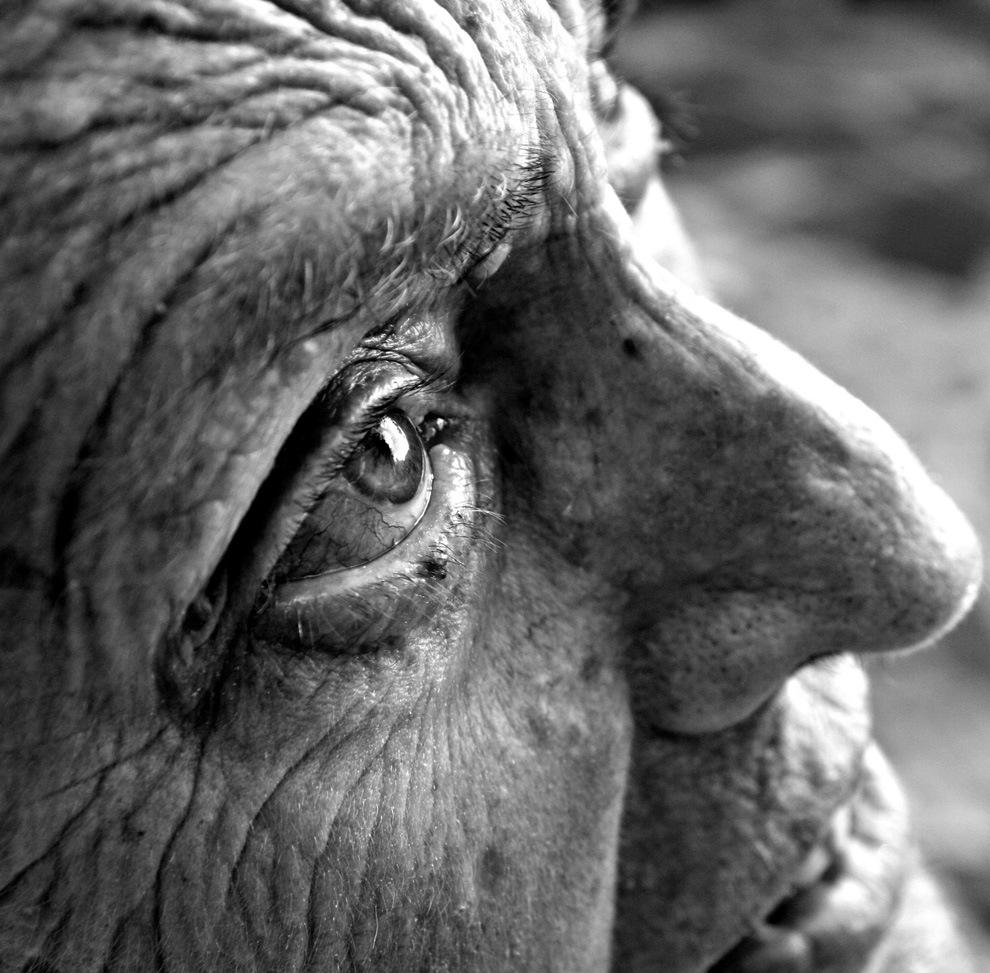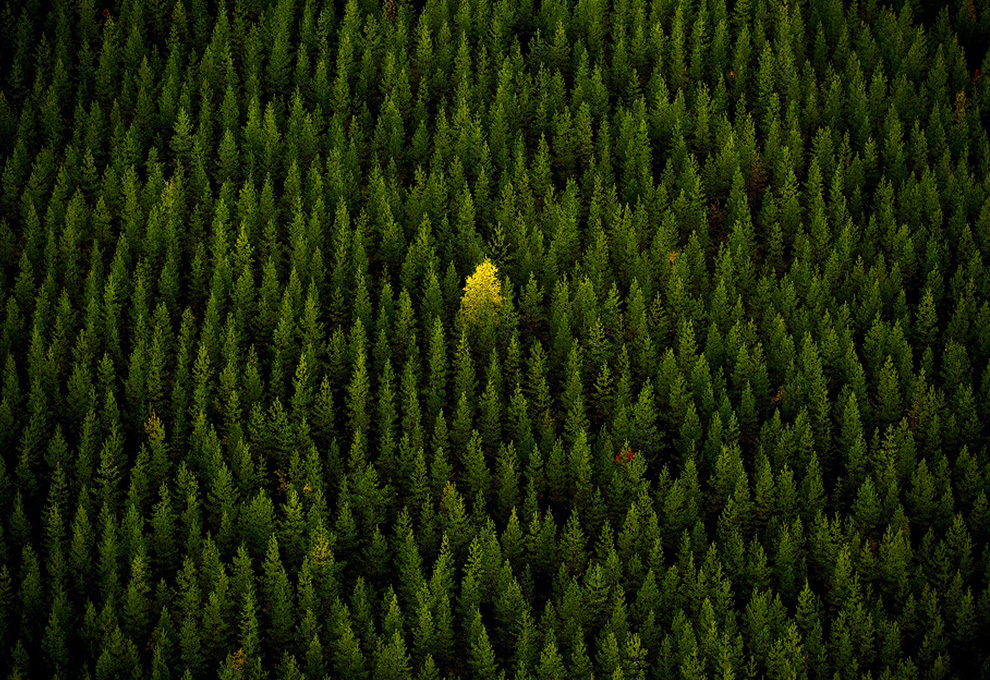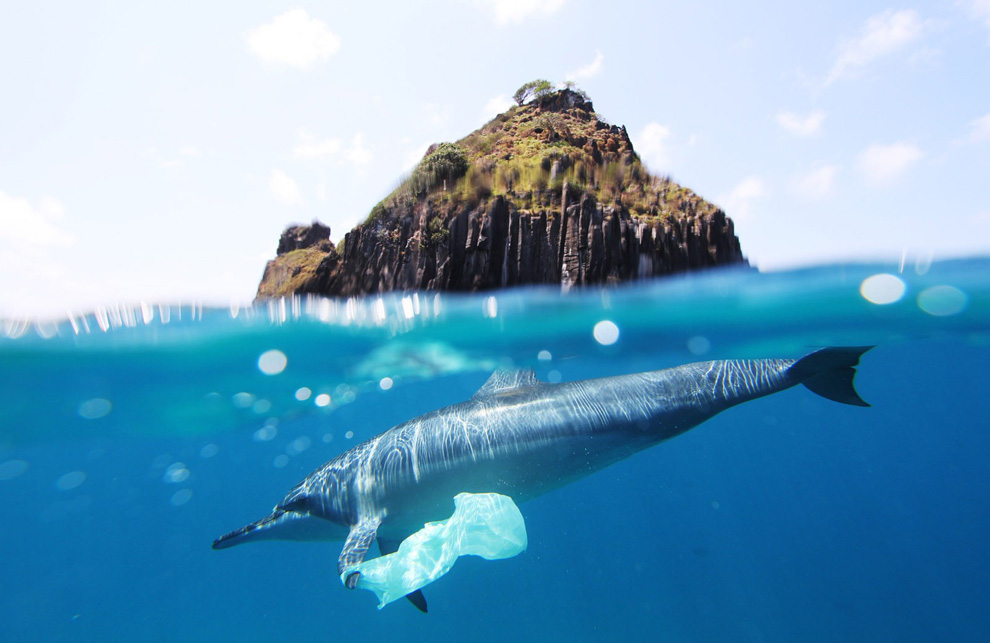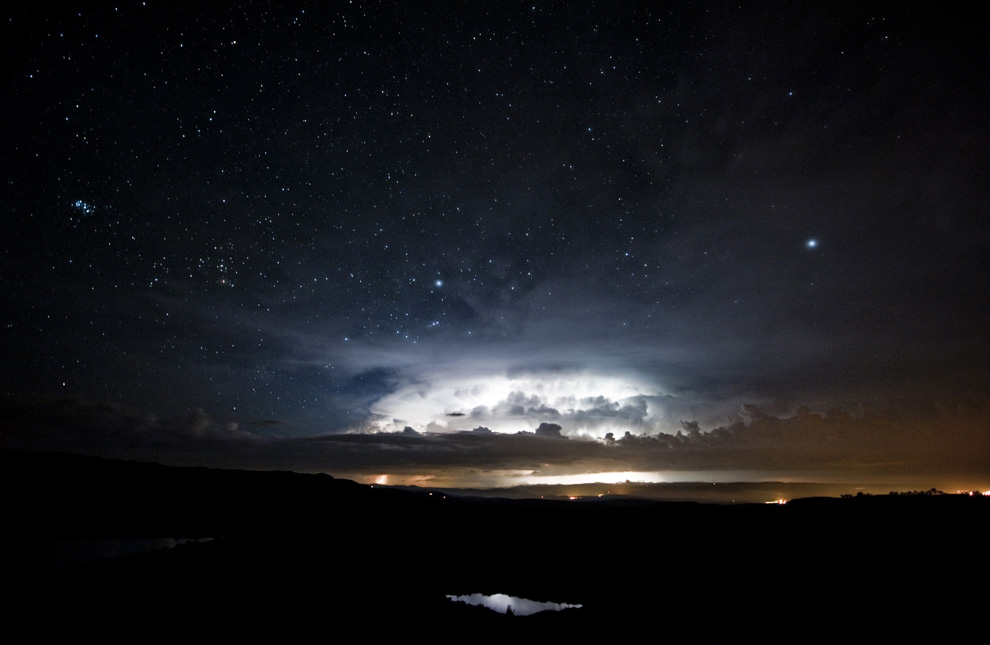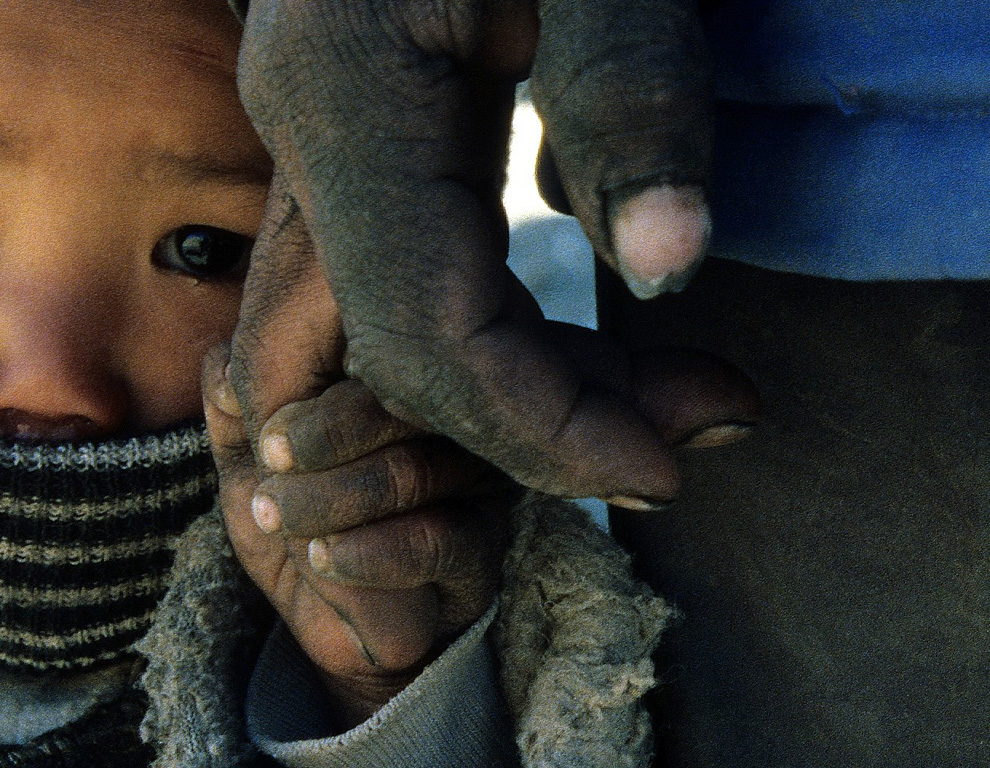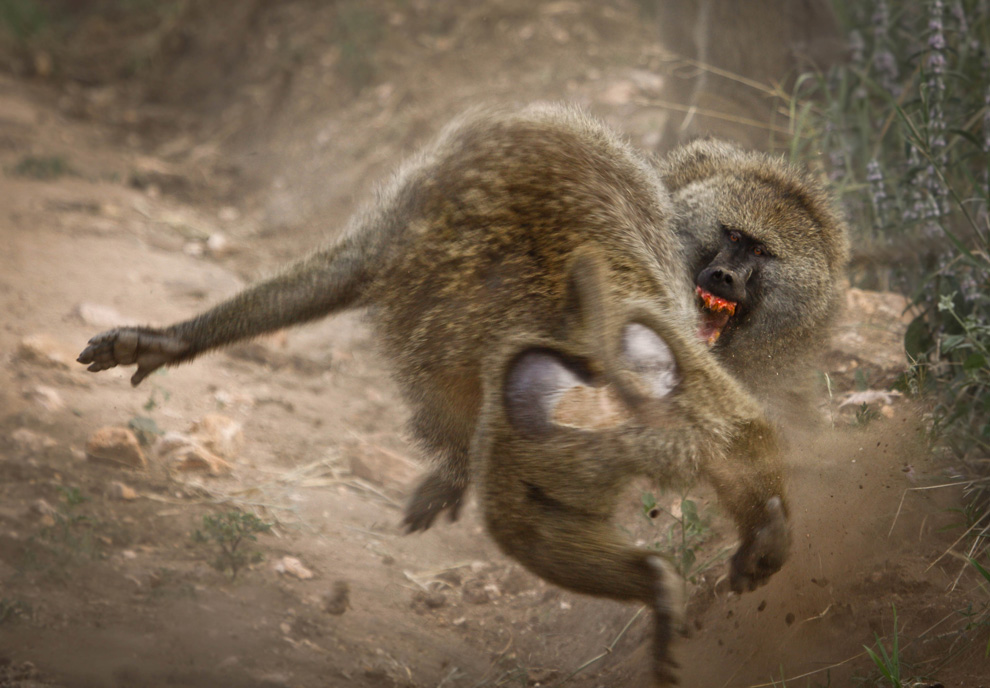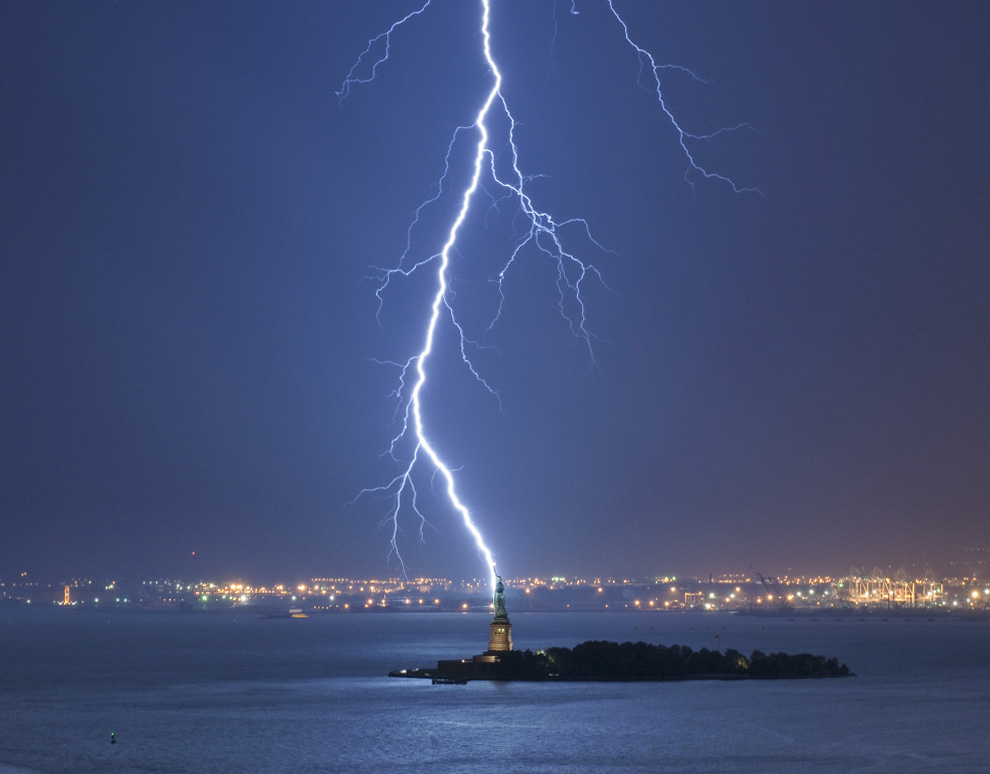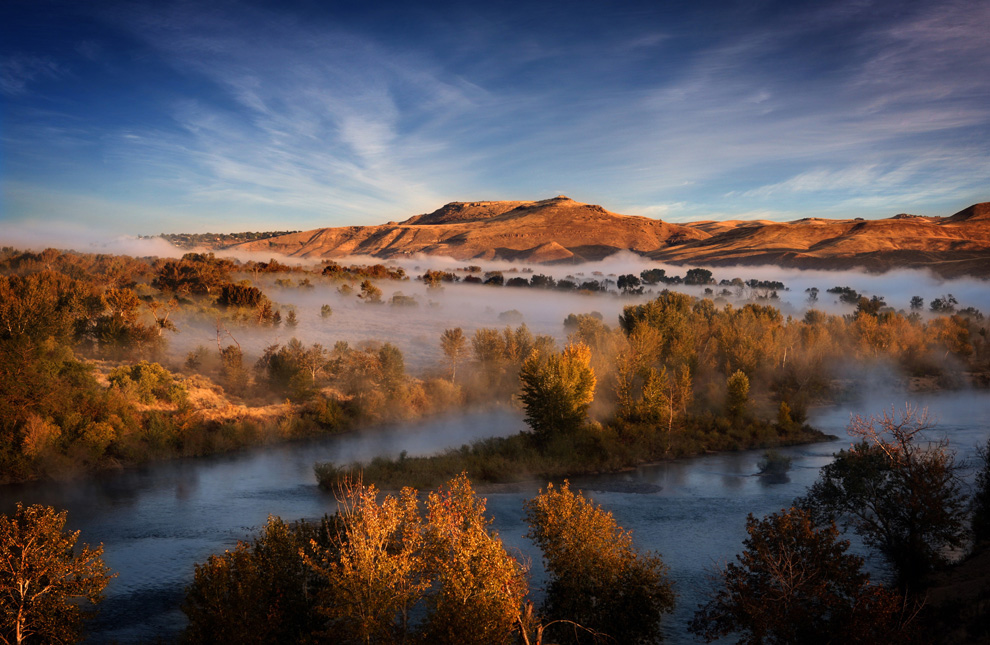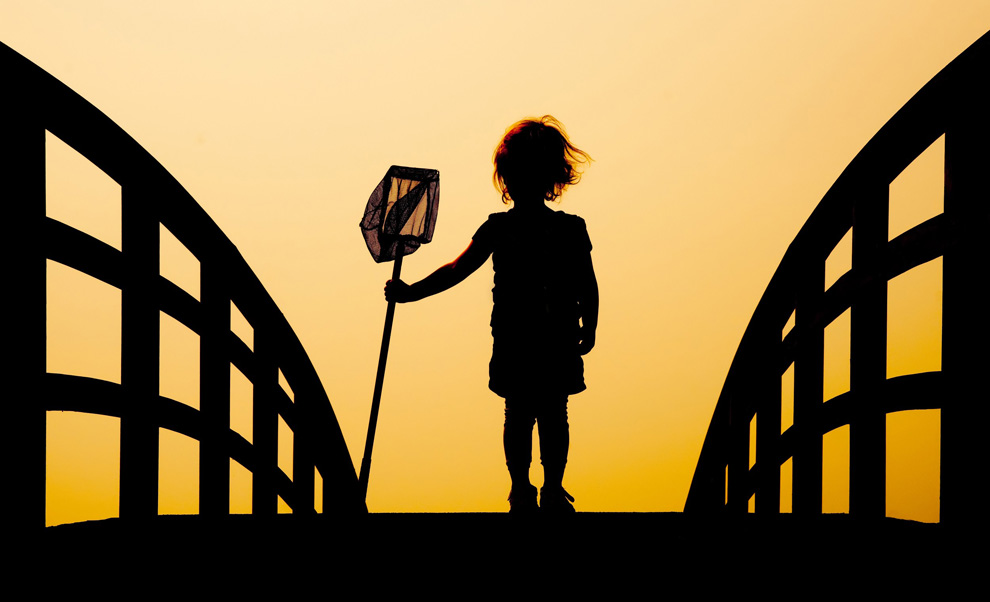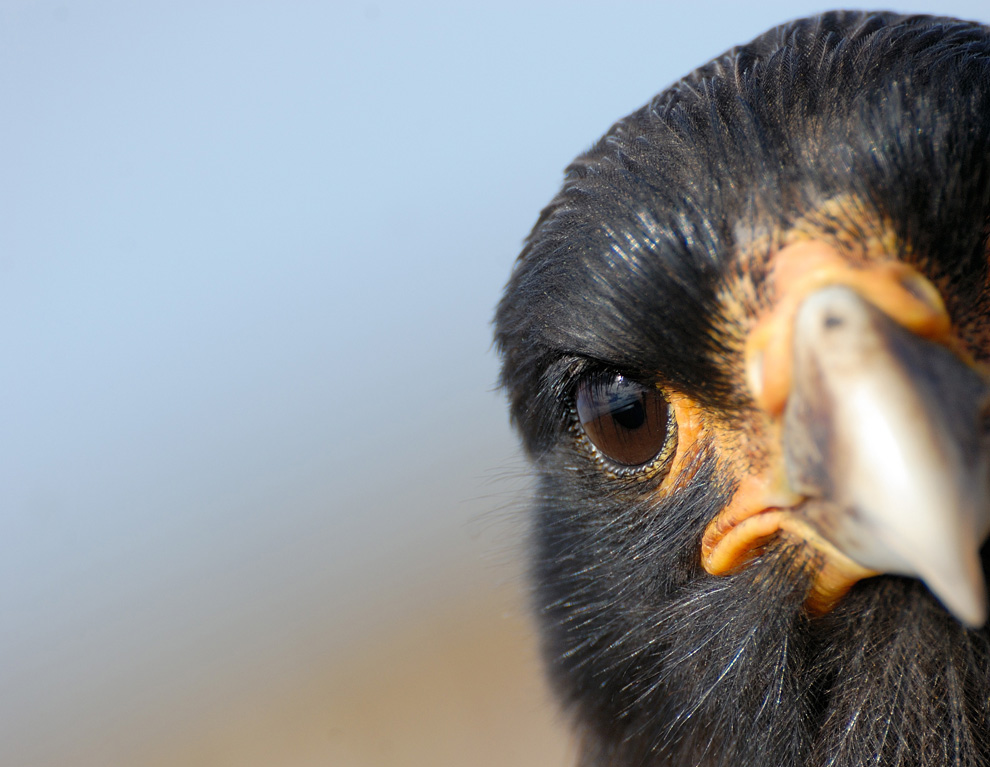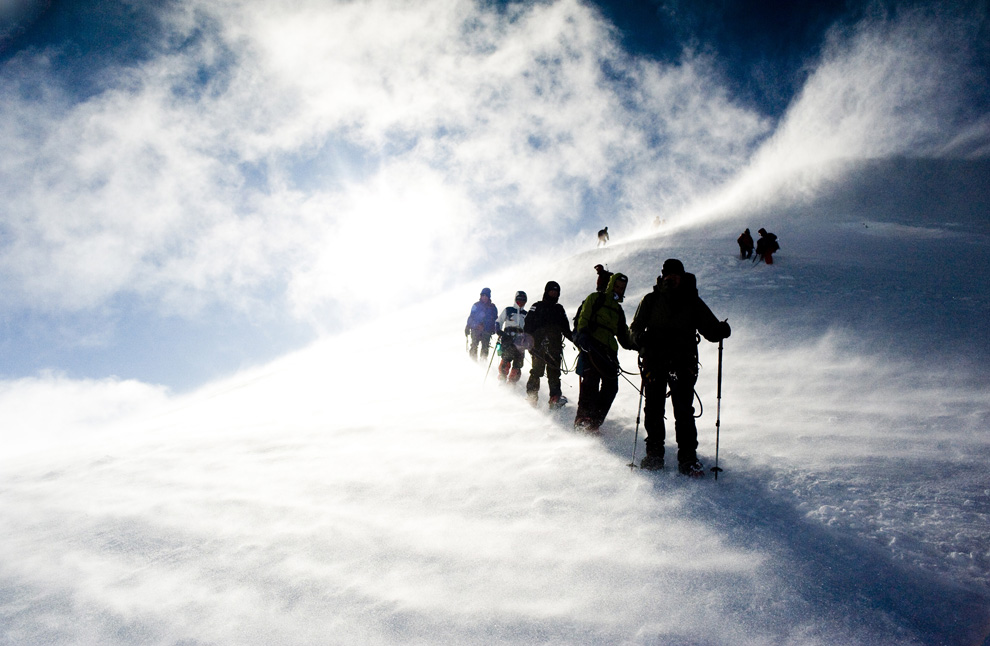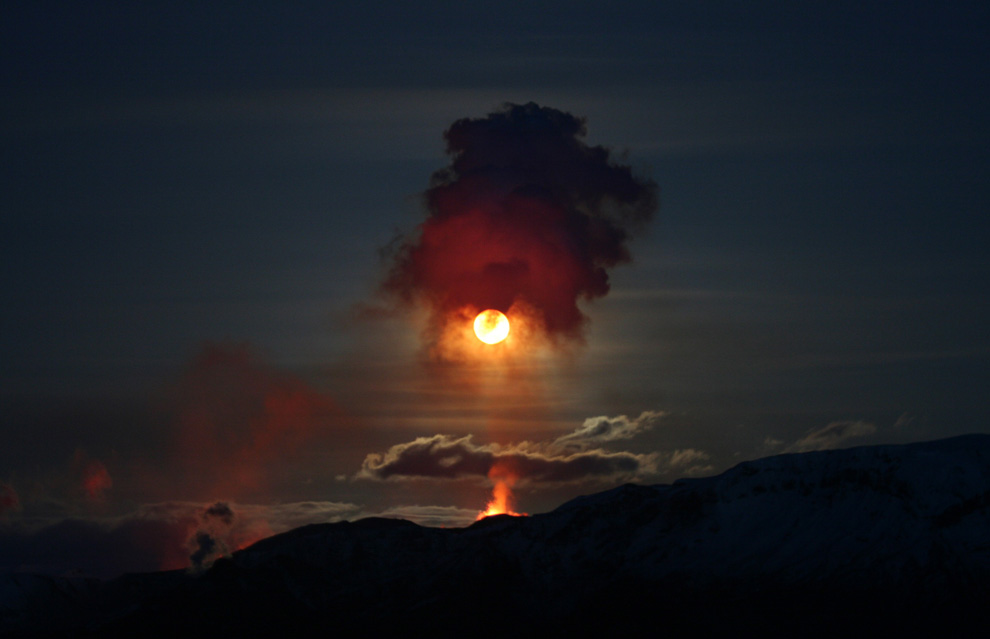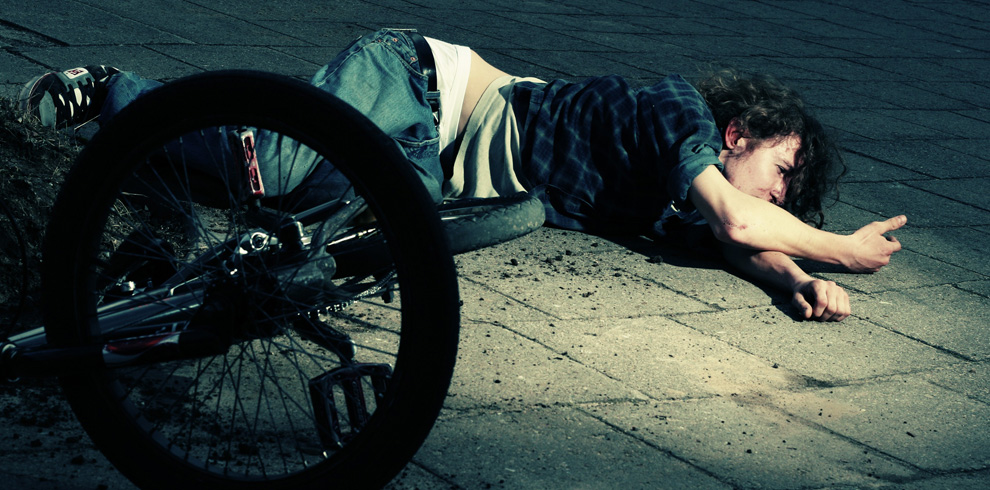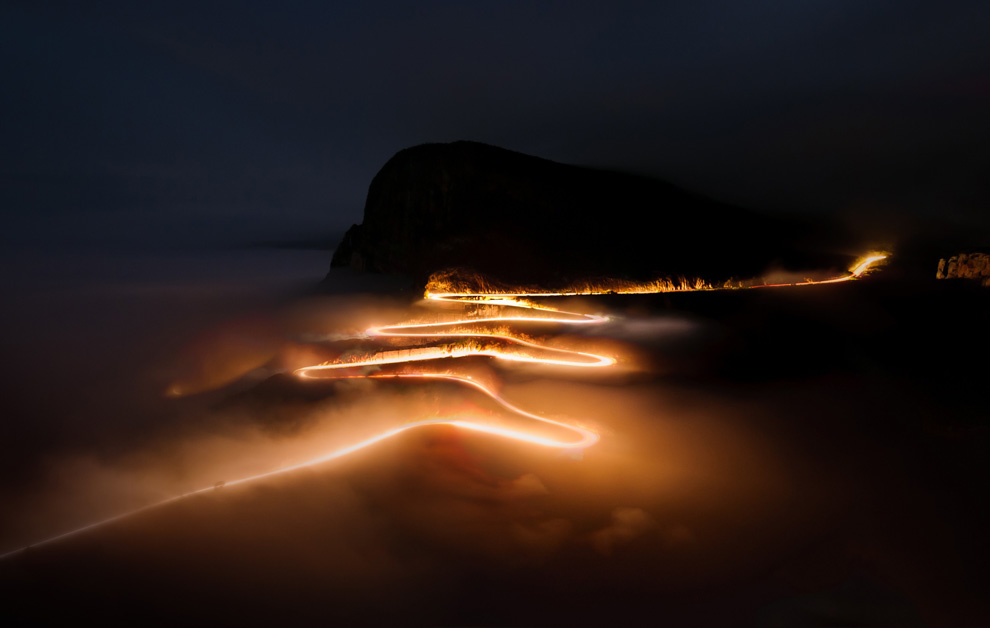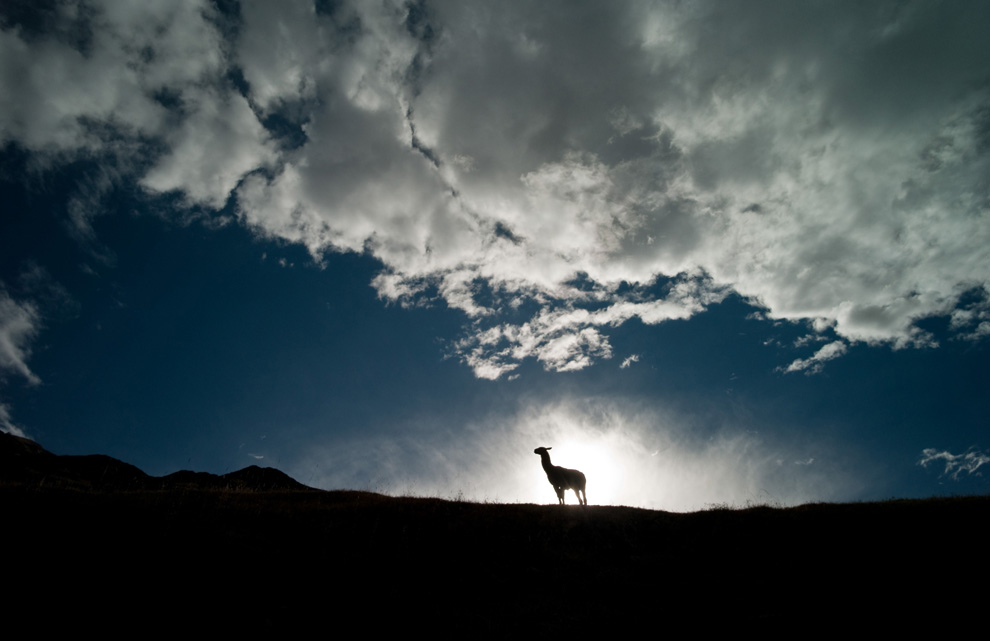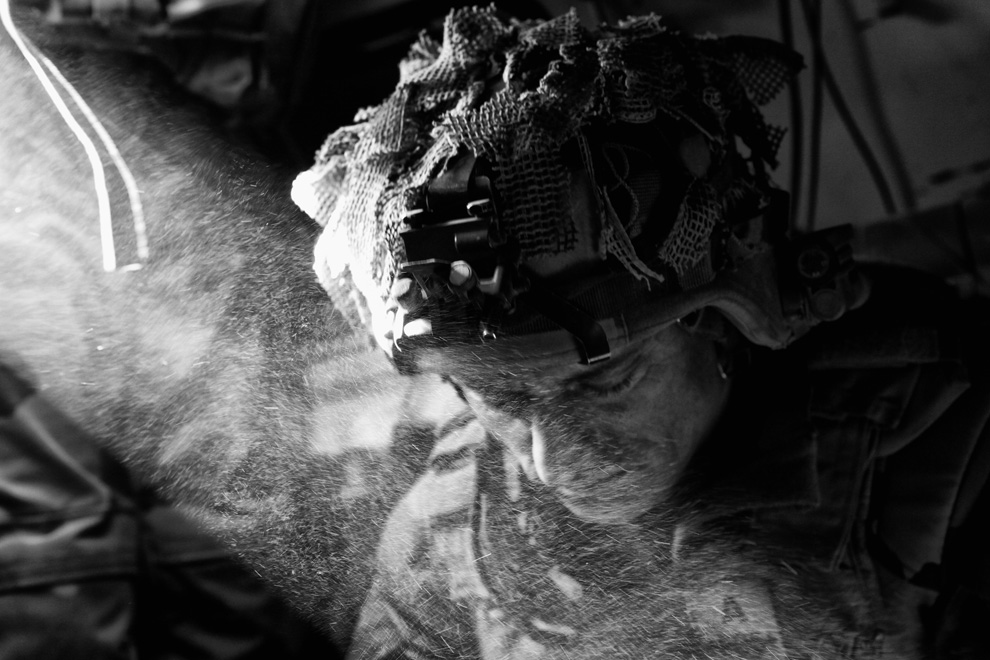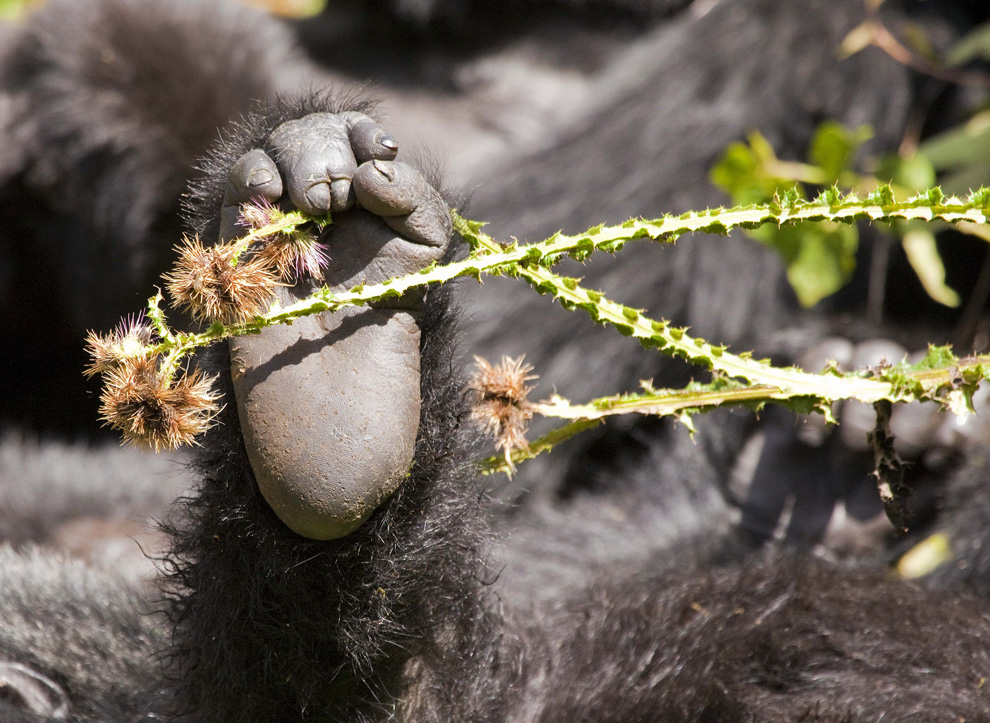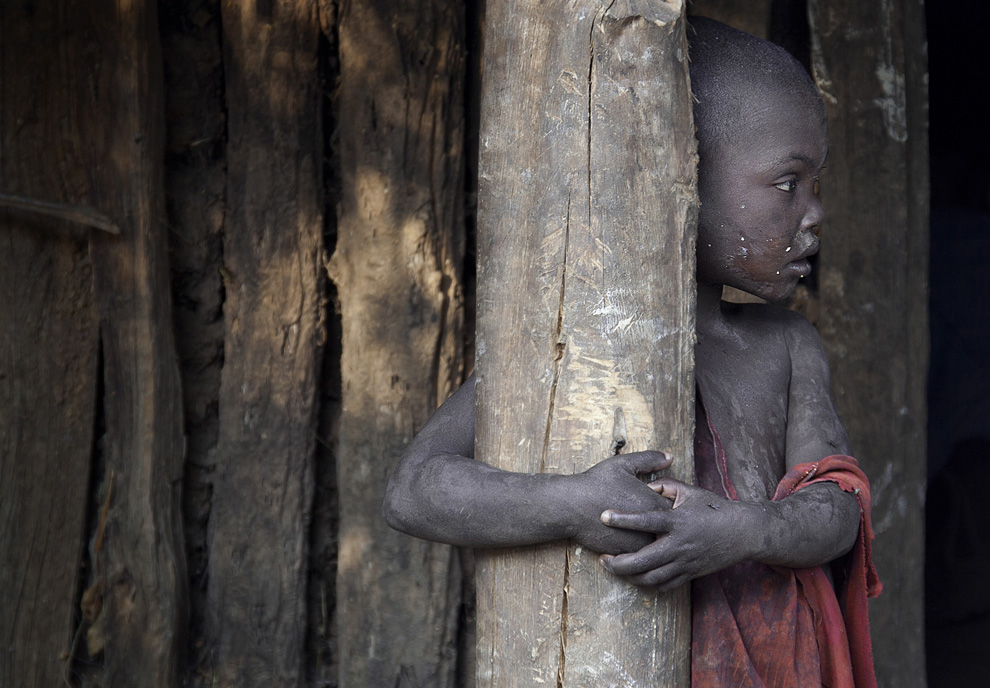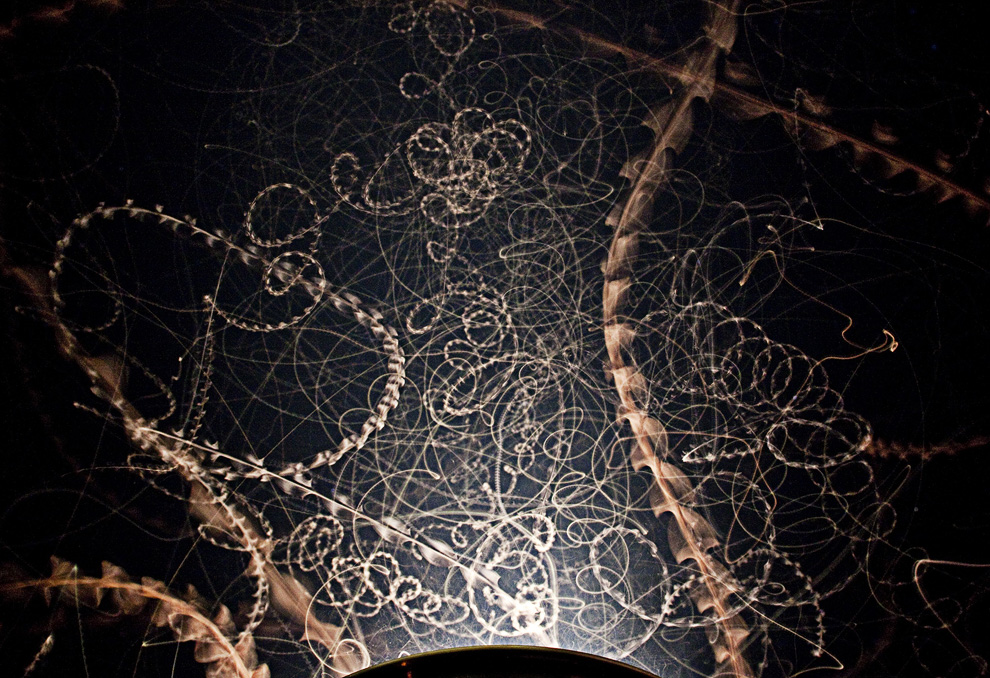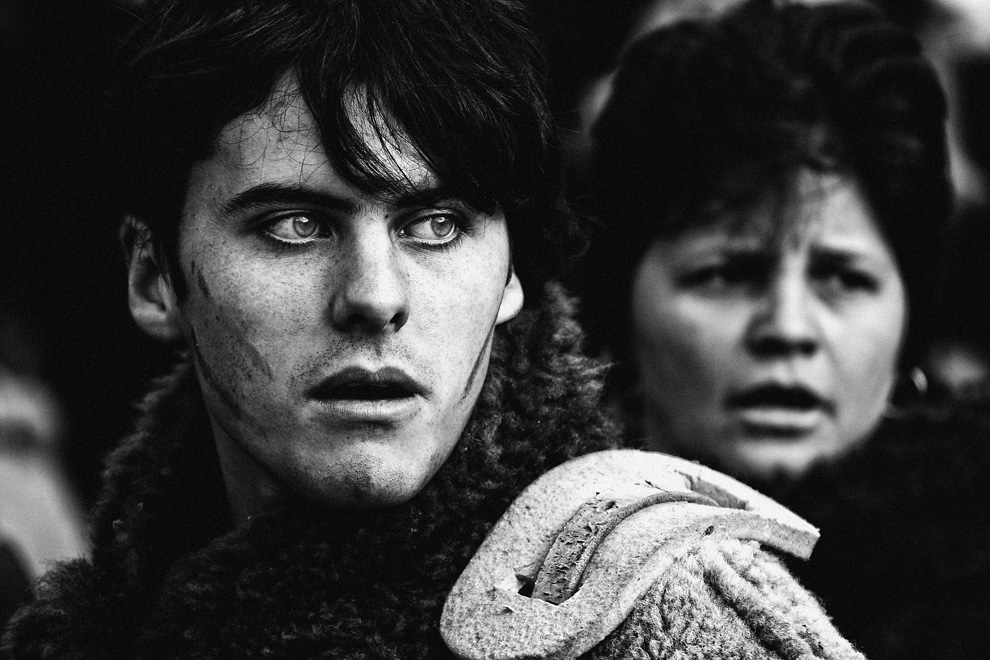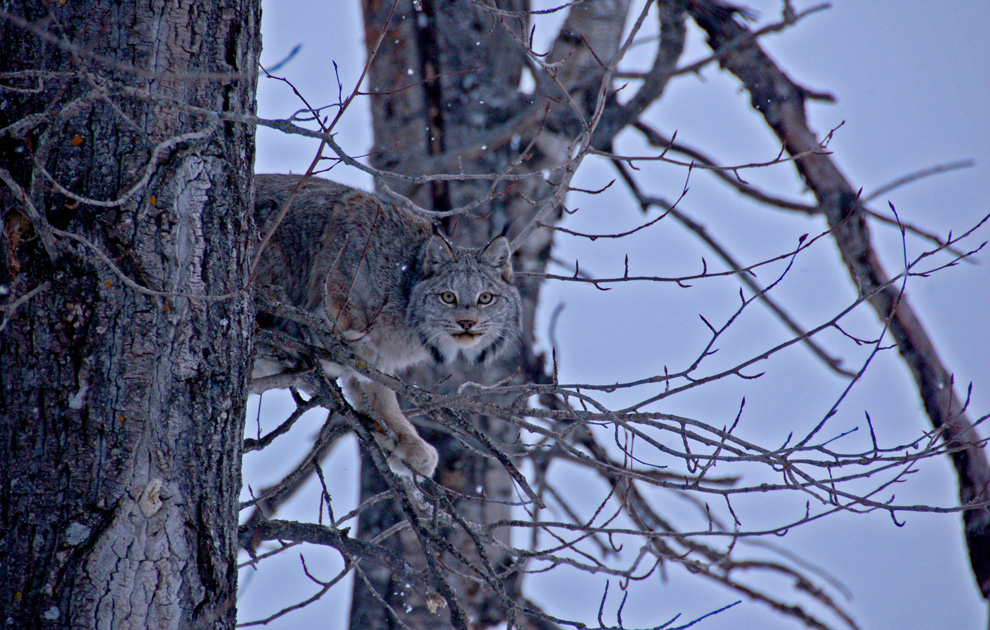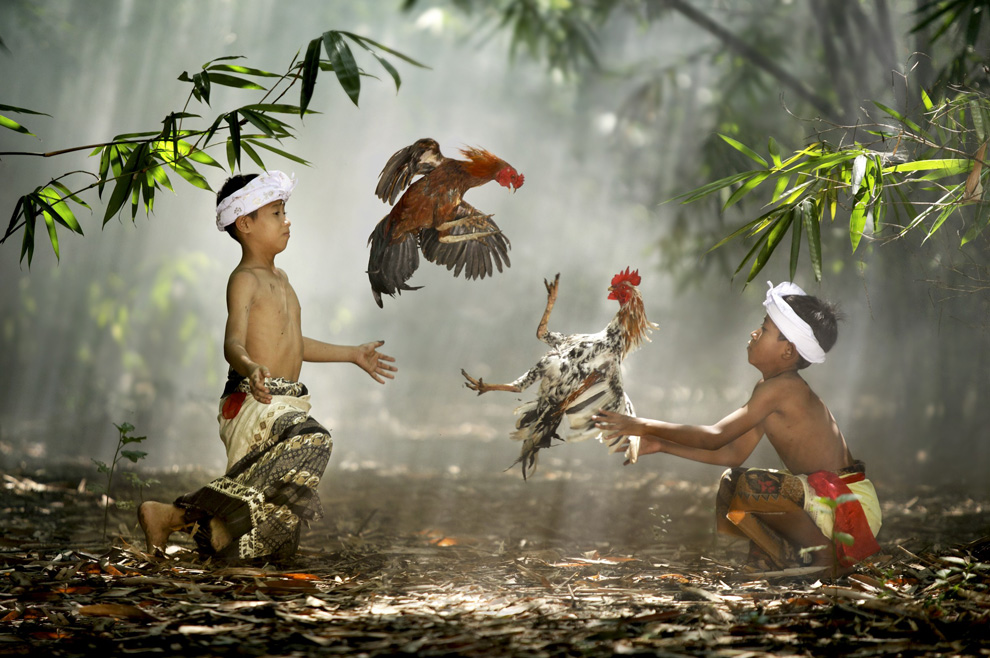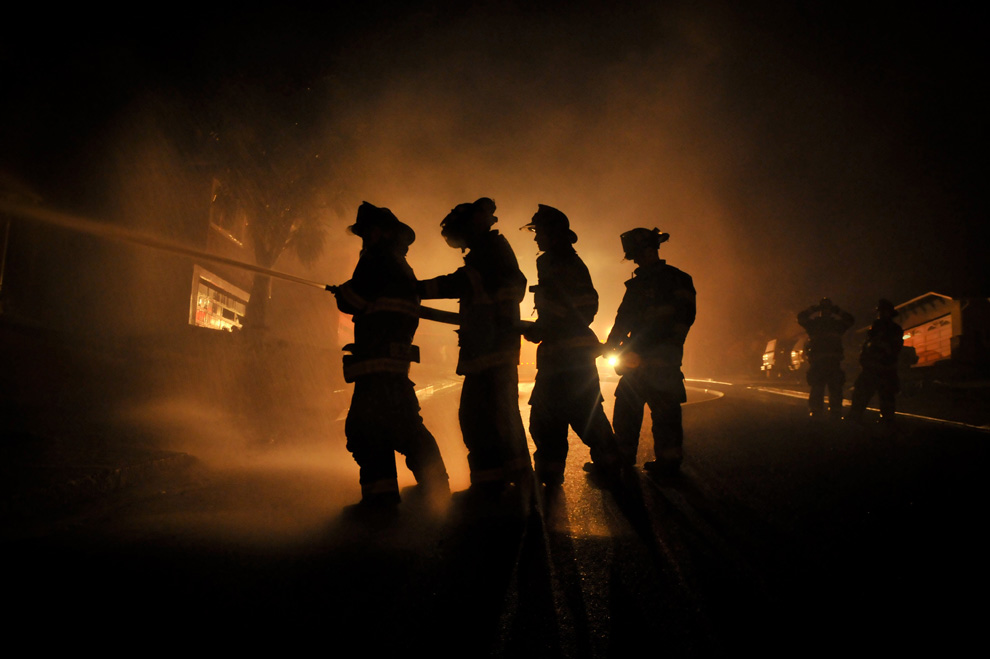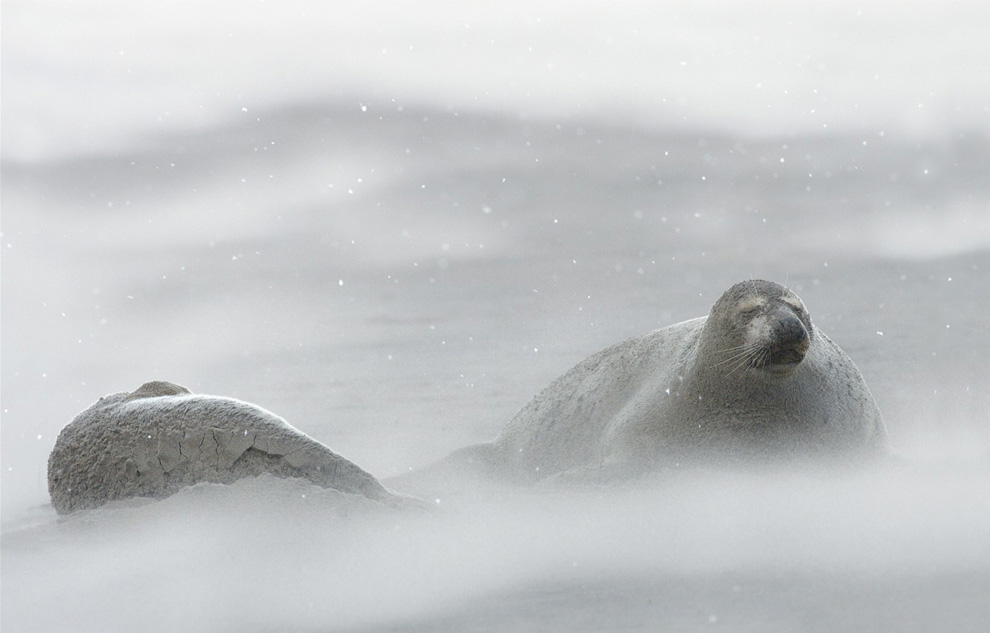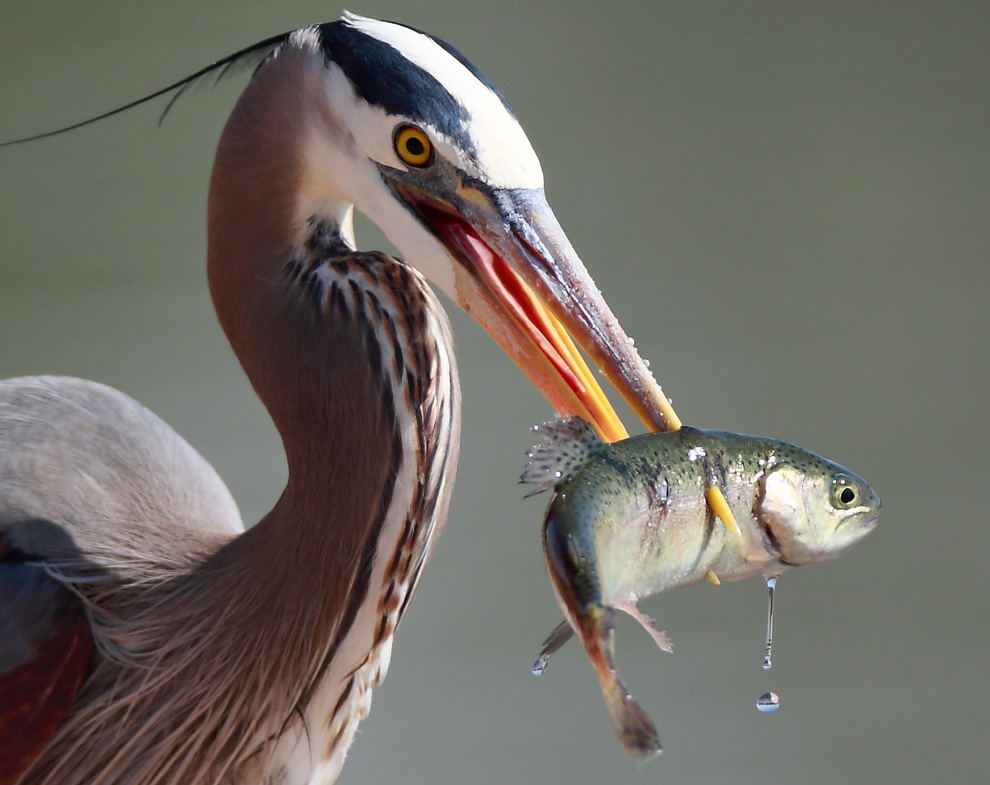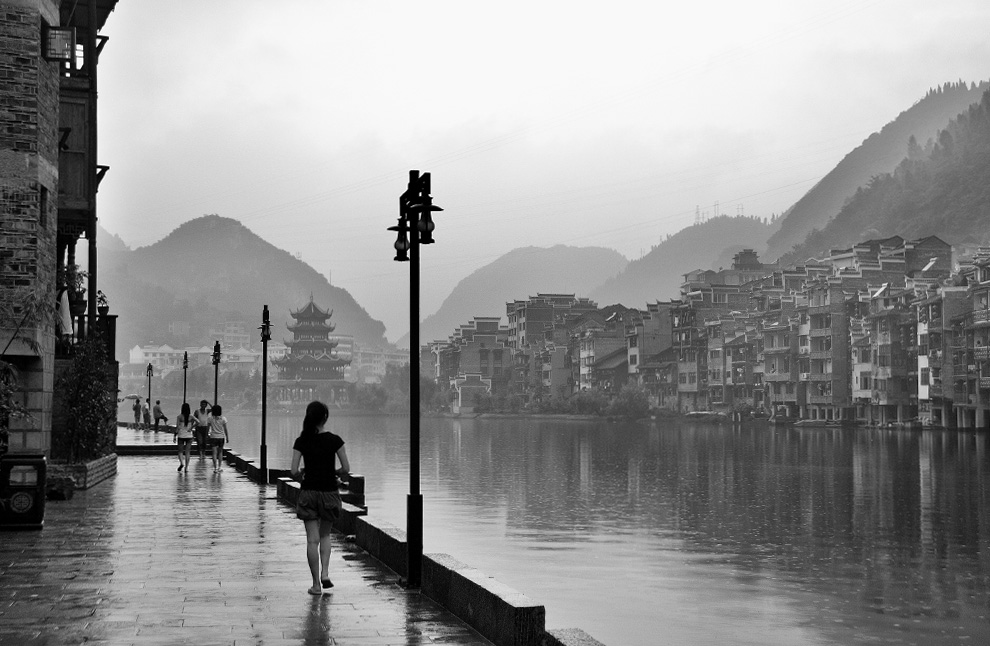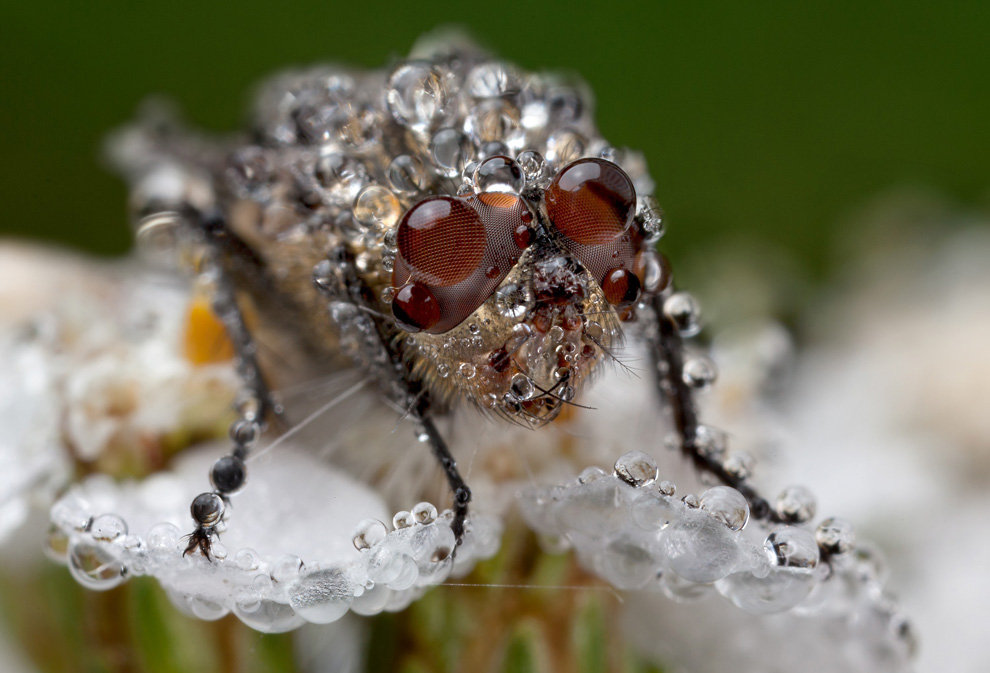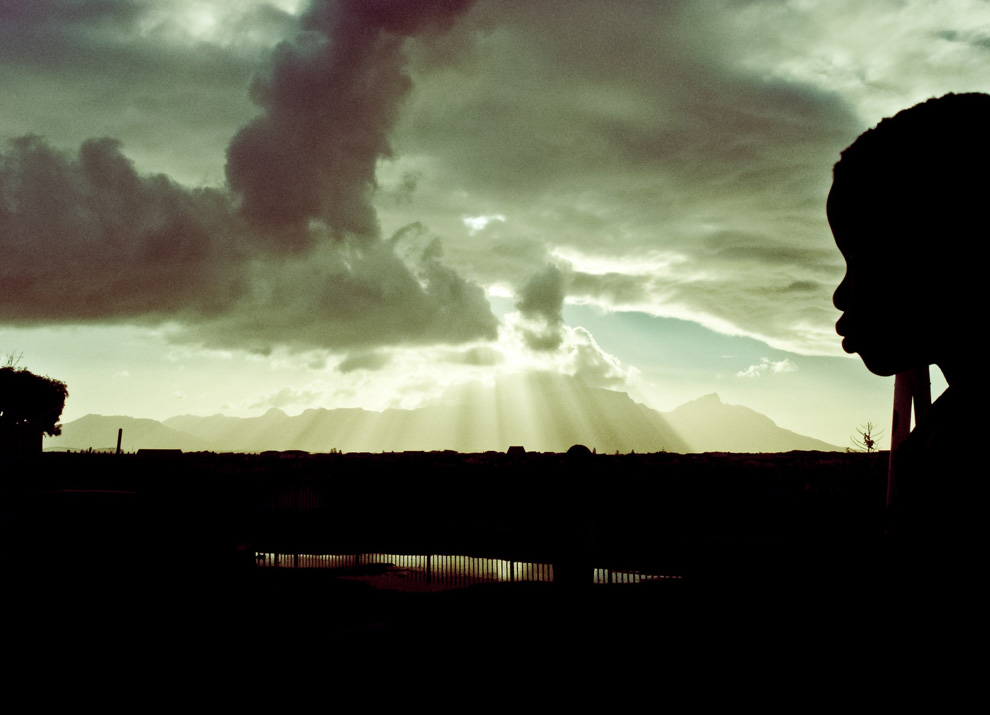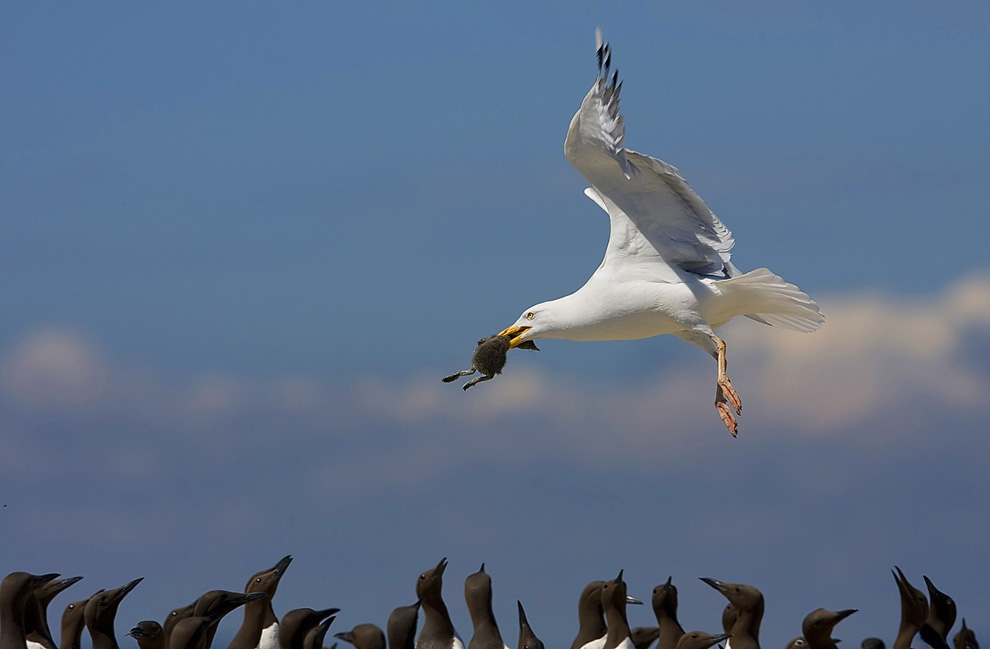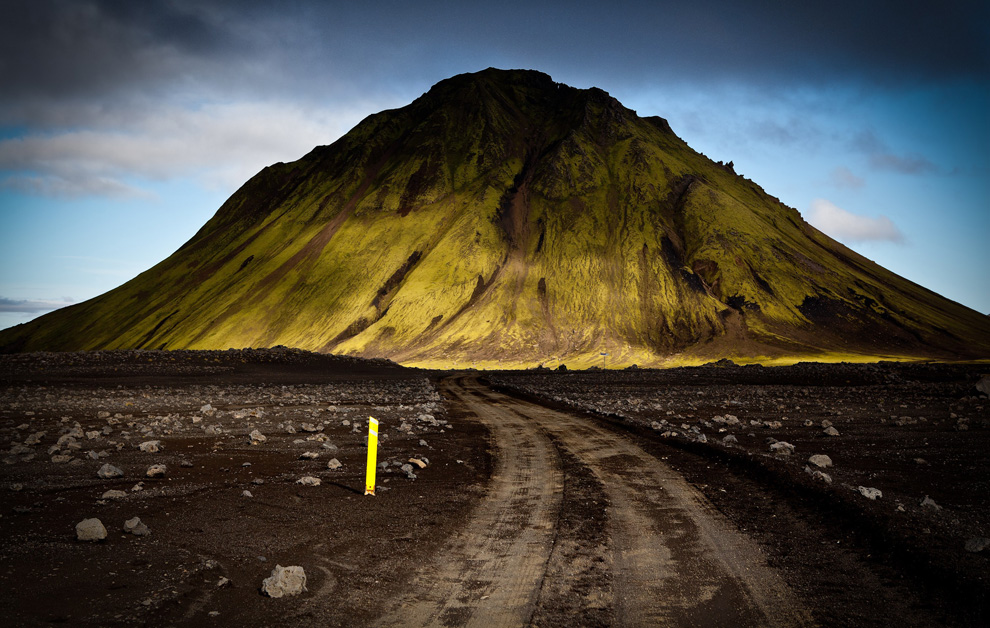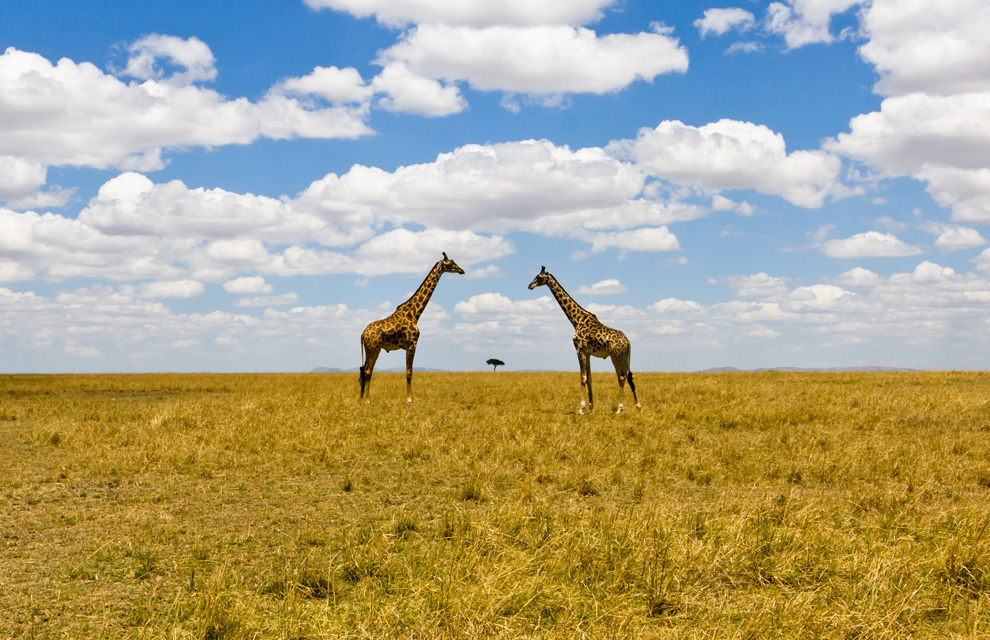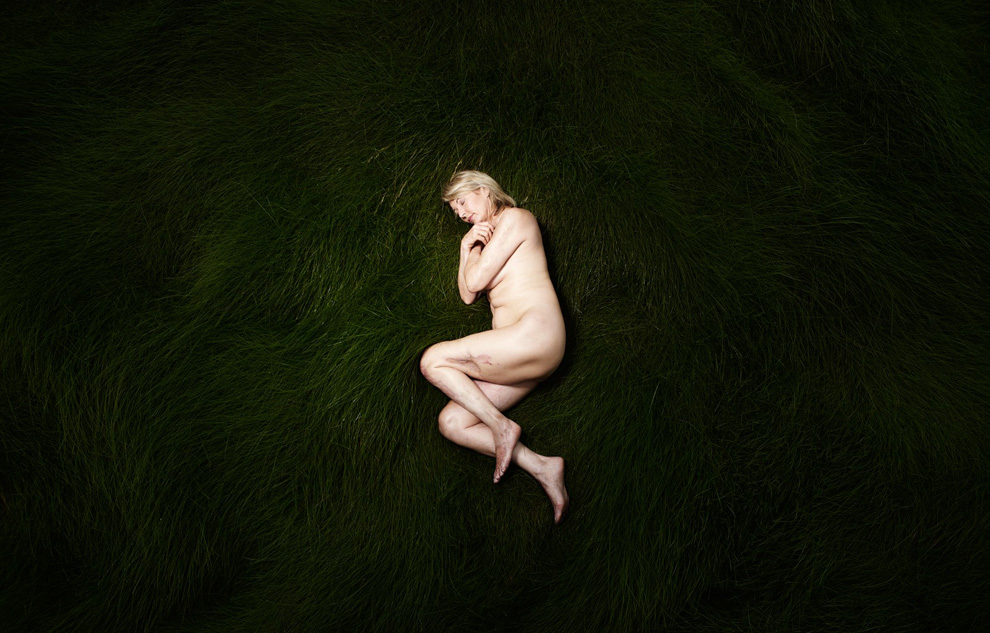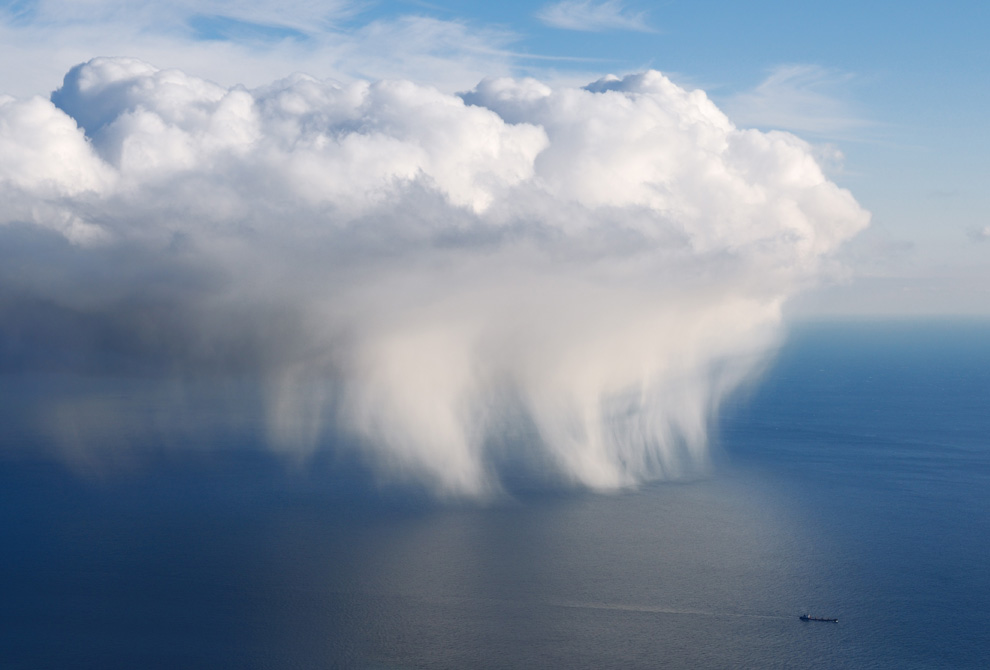
Το πρώτο ζωάκι που κατάφερε να «μπει» σε ελληνικό νοσοκομείο ως «θεραπευτής» είναι ένα εκπαιδευμένο κουνελάκι, ο Χνούδος.
Μία εναλλακτική, συμπληρωματική μέθοδος θεραπείας, η "pet therapy"- ή αλλιώς θεραπεία μέσω ζώων- κερδίζει έδαφος στη χώρα μας, αν και δεν έχει ακόμη ενταχθεί σε κάποιο επίσημο θεραπευτικό πρόγραμμα του υπουργείου Υγείας, όπως συμβαίνει σε χώρες της Ευρώπης και της Αμερικής.
Σκυλιά, γάτες, ωδικά πουλιά, κουνελάκια, ψάρια, χελώνες, ινδικά χοιρίδια, άλογα και γενικά κάθε είδους ζώο, που είναι φιλικό προς τον άνθρωπο, μπορεί να χρησιμοποιηθεί για "pet therapy". Τελευταία, μάλιστα, στο εξωτερικό άρχισαν να χρησιμοποιούνται δελφίνια, αλλά και αγροτικά ζώα, όπως μικρά pet γουρουνάκια.
Αυτή η μορφή θεραπείας, σύμφωνα με επιστημονικές ανακοινώσεις που έγιναν στο εξωτερικό, ενδείκνυται για κάθε ηλικίας άτομα με νοητικά προβλήματα (αυτισμό, σύνδρομο DOWN), για άτομα με συναισθηματικά προβλήματα, για άτομα που πάσχουν από Alzheimer ή άνοια, για άτομα με ψυχολογικά ή ψυχιατρικά προβλήματα, για ασθενείς που πάσχουν από AIDS και κατάθλιψη.
Μάλιστα, υπάρχει μελέτη σε ασθενείς με καρδιολογικά προβλήματα, στην οποία καταγράφεται αισθητή βελτίωση της κατάστασής τους.
Ένα κουνελάκι «θεραπεύει» καρκινοπαθή παιδιά
Το πρώτο ζωάκι που κατάφερε να «μπει» σε ελληνικό νοσοκομείο ως «θεραπευτής» είναι ένα εκπαιδευμένο κουνελάκι, ο Χνούδος. Το ζωάκι αυτό «μπήκε» πριν από τρία χρόνια στο ογκολογικό τμήμα παίδων του νοσοκομείου «Αγλαΐα Κυριακού», στο πλαίσιο επιστημονικής έρευνας της κτηνίατρου, Κατερίνας Λουκάκη, η οποία εκπονεί διδακτορική διατριβή, με θέμα τη θεραπεία με την υποστήριξη ζώων.
«Τα καρκινοπαθή παιδιά δεν επιτρέπεται να αγγίζουν το Χνούδο, μπορούν όμως να τον βλέπουν, να του μιλούν, να τού λένε τραγουδάκια, να το ζωγραφίζουν κι έτσι να βελτιώνεται η ψυχολογία τους. Υπάρχει ενδιαφέρον για το πρόγραμμα αυτό και μακάρι να μπορούσε να συνεχιστεί μετά την ολοκλήρωση της διατριβής μου. Για να γίνει, όμως, αυτό θα πρέπει να βρεθούν κονδύλια και να ενταχθεί σε κάποιο πρόγραμμα του υπουργείου Υγείας», αναφέρει στο ΑΠΕ-ΜΠΕ η κ.Λουκάκη.
Αλλά ο Χνούδος δεν πηγαίνει μόνο στο νοσοκομεία, αλλά «φοιτά» και στον παιδικό σταθμό του Δήμου Ηλιούπολης όπου, όπως αναφέρει η κ. Λουκάκη, «παίζει» με τα παιδιά κι έτσι τα βοηθά να προσαρμοστούν στο σχολείο.
Η ιπποθεραπεία στην Ελλάδα
Η ιπποθεραπεία, είναι η πρώτη μορφή θεραπείας με ζώα, που άρχισε να εφαρμόζεται άτυπα στην Ελλάδα από το 1983, δηλαδή από τότε που ξεκίνησε η λειτουργία του Συνδέσμου Θεραπευτικής Ιππασίας, που το 2004 ανέπτυξε το Κέντρο Θεραπευτικής Ιππασίας στο Γουδί, με τη βοήθεια του υπουργείου Άμυνας και του δήμου Αθηναίων.
«Στα 27 χρόνια εφαρμογής της θεραπευτικής ιππασίας, παρακολούθησαν τα θεραπευτικά προγράμματα περισσότερα από 1000 άτομα. Τα τελευταία 4-5 χρόνια έρχονται 100 άτομα ετησίως», αναφέρει στο ΑΠΕ-ΜΠΕ η πρόεδρος του Συνδέσμου Θεραπευτικής Ιππασίας Ελλάδας, Δήμητρα Καρουζάκη.
Η θεραπευτική ιππασία ενδείκνυται για κάθε ηλικίας άτομα με κινητικά νοητικά και συναισθηματικά προβλήματα, όπως- για παράδειγμα- εγκεφαλικά, ημιπληγίες, εγκεφαλική παράλυση, αυτισμό, ψυχολογικά και ψυχιατρικά νοσήματα, σύνδρομο DOWN, δυσλεξία κλπ. Ενδείκνυται ακόμη και για άτομα 3ης ηλικίας. Συμβάλλει δε στην πρόοδο, την αποκατάσταση, την κοινωνικοποίηση του ασθενούς.
«Όταν το άλογο περπατά, μιμείται τον ανθρώπινο βηματισμό, μεταφέροντας στον κορμό του ιππέα του την ίδια ακριβώς κίνηση, που μεταδίδουν τα πόδια στους ανθρώπους, με φυσιολογική κίνηση. Έτσι, αναπτύσσονται σημαντικά οι μύες του κορμού των ατόμων με δυσκολίες στη κίνηση, ενώ παράλληλα το ευθύ κάθισμα διευκολύνει την αναπνοή του», εξηγεί η κ. Καρουζάκη.
Η ίδια αναφέρει χαρακτηριστικά την περίπτωση νεαρού φοιτητή με εγκεφαλική παράλυση, ο οποίος ξεκίνησε τη θεραπευτική ιππασία πριν από 12 χρόνια και ο οποίος, σήμερα, μπορεί να τρέχει με το άλογο και να πηγαίνει μόνος του, χρησιμοποιώντας πατερίτσες, για να κάνει τις συνεδρίες ιπποθεραπείας.
«Το Κέντρο διαθέτει 9 άλογα, ενώ οι ασθενείς κάνουν μία συνεδρία, διάρκειας 30 λεπτών, μία φορά την εβδομάδα. Υπάρχει ρεύμα στη θεραπεία με ζώα. Έρχονται άτομα από το εξωτερικό, που έχουν εκπαιδευτεί σε θεραπείες με δελφίνια, άλογα κλπ. Η θεραπεία με ζώα κερδίζει έδαφος, καθώς υπάρχουν αρκετοί εκπαιδευμένοι ιδιώτες θεραπευτές που τη χρησιμοποιούν. Επιθυμία μας είναι να ενταχθεί η θεραπεία με άλογα σε κάποιο πρόγραμμα του υπουργείου Υγείας. Για να πείσουμε τις αρχές για την αποτελεσματικότητα της θεραπευτικής ιππασίας, διοργανώνουμε το 2012 στην Ελλάδα το Παγκόσμιο Συνέδριο Θεραπευτικής Ιππασίας» προσθέτει η κ Καρουζάκη.
Στη Βόρεια Ελλάδα λειτουργεί ένα Κέντρο Θεραπευτικής Ιππασίας στο Νέο Σκοπό Σερρών, από το 2007. «Το Κέντρο αυτό διαθέτει 7 άλογα κι ενώ το 2007 εξυπηρετούσε μόνο 4 άτομα, με νοητικά ή κινητικά προβλήματα, σήμερα έχει φτάσει να εξυπηρετεί 14-17 άτομα την εβδομαδιαίως από όλη το Βόρεια Ελλάδα», ανέφερε στο ΑΠΕ-ΜΠΕ, η υπεύθυνη του Κέντρου, Μαρία Λίγκα.
Το Κέντρο Θεραπευτικής Ιππασίας των Σερρών διαθέτει κλειστό στίβο, προκειμένου να γίνονται οι θεραπείες, ακόμη και όταν οι καιρικές συνθήκες δεν είναι καλές και, όπως ανέφερε η κ. Λίγκα, χρειάζεται η συνδρομή χορηγών για να καλυφτούν τα έξοδα της λειτουργίας του.
Σκυλιά θεραπευτές
Σκυλιά χρησιμοποιεί ως θεραπευτές επαφής σε παιδιά και ενήλικες που έχουν νοητικά προβλήματα, σε συνδυασμό με κινητικά προβλήματα , η SAPT Hellas, μία αστική μη κερδοσκοπική εταιρεία που λειτουργεί από τα 2005 στην Αθήνα και χρηματοδοτείται από το ίδρυμα Σταύρος Νιάρχος. Η SAPT Hellas διαθέτει 10 σκύλους, πρώην αδέσποτους, που υιοθετήθηκαν και εκπαιδεύτηκαν από ισάριθμους κηδεμόνες, καθώς και από δύο άτομα γενικής υποστήριξης.
«Επισκεπτόμαστε εθελοντικά και απολύτως δωρεάν ειδικά σχολεία, ιδρύματα, συλλόγους, στέγες και ξενώνες φιλοξενίας και βέβαια, το προφορικό μέρος της παρουσίασης μας προσαρμόζεται στις ιδιαίτερες ανάγκες των μαθητών ή τροφίμων. Οι επισκέψεις γίνονται με 4-6 σκυλιά. Κατά τις επισκέψεις μας διαπιστώνουμε ότι είναι πολλά αυτά που μπορούμε να προσφέρουμε: Η μοναδική εμπειρία του κοινωνικού ξεκλειδώματος' των ανθρώπων την ώρα που χαϊδεύουν, βουρτσίζουν, ή πηγαίνουν βόλτα έναν σκύλο είναι για εμάς έναυσμα συνέχισης και εντατικοποίησης της προσπάθειάς μας. Παραδείγματος χάριν, ένα αυτιστικό παιδί, που δεν ξέρει να χτενίσει τα μαλλιά του, χτενίζοντας ένα σκύλο μπορεί στη συνέχεια να μάθει να χτενίζεται. Τα αυτιστικά άτομα έχουν πολύ υψηλή νοημοσύνη, αλλά ζουν στο δικό τους κόσμο. Το ζώο γίνεται το κανάλι που τους κάνει να βγουν από τον κόσμο αυτό και να επικοινωνήσουν με τον έξω κόσμο», επισημαίνει στο ΑΠΕ-ΜΠΕ η υπεύθυνη προγραμμάτων της SAPT Hellas, Χριστίνα Οικονόμου. Παράλληλα, αναφέρει ότι υπάρχει μεγάλο ενδιαφέρον τα προγράμματα της SAPT Hellas. «Το 2005, οι επισκέψεις μας στα ειδικά σχολεία και ιδρύματα ήταν ελάχιστες, τώρα έχουμε κλείσει επισκέψεις μέχρι τον Ιούνιο του 2011», λέει η κ. Οικονόμου.
Λιγότερα προβλήματα υγείας σε ηλικιωμένους ιδιοκτήτες ζώων
«Λιγότερο στρες και λιγότερα προβλήματα υγείας αντιμετωπίζουν τα άτομα 3ης ηλικίας που έχουν ζώα. Τα αποτελέσματα ερευνών έχουν δείξει την ευεργετική επίδραση που έχει φροντίδα των ζώων στους ηλικιωμένους», αναφέρει, επικαλούμενη αποτελέσματα ερευνών, η κοινωνική λειτουργός Ξανθή Θεοδωρακοπούλου, η οποία έχει εκπονήσει διατριβή με θέμα το "pet therapy".
Συγκεκριμένα, μελέτη των Dembicki και Anderson έδειξε ότι, οι ηλικιωμένοι ιδιοκτήτες σκύλων, περπατούσαν μεγαλύτερες αποστάσεις σε σχέση με συνομήλικούς τους, που δεν είχαν σκυλιά και είχαν χαμηλότερα επίπεδα τριγλυκεριδίων.
Εξάλλου, σύμφωνα με μελέτη του Spiegel για τη χρήση ιατρικής βοήθειας μεταξύ ηλικιωμένων με και χωρίς κατοικίδια, τα άτομα 3ης ηλικίας που είχαν κατοικίδιο είχαν λιγότερες επαφές με γιατρό.
Μελέτη του ιδίου σχετικά με ενήλικες που είχαν κατοικίδια έδειξε μείωση των μικροπροβλημάτων υγείας, μετά την απόκτηση κατοικιδίου.
Πηγή
http://www.newsit.gr//default.php?pname=Article&art_id=49472&catid=5
Διαβάστε περισσότερα...
 Αυτές οι φωτογραφίες άρχισαν να κυκλοφορούν το Νοέμβριο του 2002, και θεωρήθηκε ότι ήταν «οι φωτογραφίες της χρονιάς».
Αυτές οι φωτογραφίες άρχισαν να κυκλοφορούν το Νοέμβριο του 2002, και θεωρήθηκε ότι ήταν «οι φωτογραφίες της χρονιάς». 




















